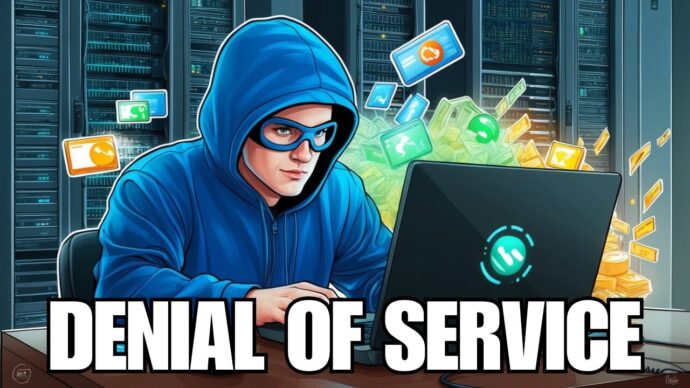The Rising Tide of Healthcare Breaches: A Deep Dive into Cybersecurity Challenges
In recent years, healthcare has emerged as one of the industries most targeted for cybersecurity threats. The reasons for this are multifaceted, combining the allure of valuable data with the critical nature of healthcare operations. Here, we explore the key factors that make healthcare a prime target for cyberattacks and discuss the implications for IT services and cybersecurity companies.
1. The Allure of Valuable Data
Personal Health Information (PHI)
Healthcare organizations are treasure troves of sensitive personal health information (PHI). This includes medical histories, social security numbers, insurance details, and financial data. On the black market, this data is incredibly valuable. For instance, Experian estimates that stolen patient records can fetch up to $1,000 each, compared to just $5 for credit card numbers and $7 for hacked social media accounts. The high value of PHI makes healthcare institutions particularly attractive to cybercriminals looking to commit identity theft, insurance fraud, and other illegal activities.
Research and Intellectual Property
Beyond PHI, healthcare institutions often hold valuable intellectual property, including research data and proprietary information about new treatments and medical devices. Cybercriminals target this information for competitive advantage or to sell to the highest bidder, making research institutions and pharmaceutical companies particularly vulnerable.

2. The Critical Nature of Healthcare Operations
Life-and-Death Impact
Healthcare facilities’ operations are critical and often involve life-and-death situations. Cyberattacks like ransomware can disrupt these operations, forcing organizations to pay ransomware quickly to restore functionality and protect patient lives. The urgency and high stakes make healthcare organizations more likely to capitulate to attackers’ demands.
Interconnected Systems
Modern healthcare relies heavily on interconnected systems, including medical devices, electronic health records (EHRs), and administrative networks. While this interconnectivity improves efficiency and patient care, it also creates numerous potential entry points for attackers. A breach in one system can quickly spread to others, amplifying the impact of a cyberattack.
3. Regulatory Pressure and Financial Costs
Regulatory Compliance
Healthcare organizations must comply with stringent regulations like the Health Insurance Portability and Accountability Act (HIPAA) in the United States, which mandates the protection of patient data. Non-compliance can result in severe financial penalties and legal consequences, making cybersecurity a high-stakes issue. The need for compliance adds another layer of complexity to the already challenging task of securing healthcare data.
High Recovery Costs
The financial impact of a cyberattack on a healthcare organization can be immense. Costs can include system downtime, recovery efforts, legal fees, regulatory fines, and loss of reputation. These factors incentivize attackers to target healthcare facilities, expecting them to pay to avoid such substantial losses.
4. Vulnerability to Attacks
Aging Infrastructure
Many healthcare institutions operate on outdated IT systems that may lack the latest security features. These legacy systems can be easier for cybercriminals to exploit. Upgrading these systems is often costly and time-consuming, making them a persistent vulnerability.
Resource Constraints
Healthcare organizations, especially smaller ones, often face budget constraints that limit their ability to invest in robust cybersecurity measures. This makes them attractive targets for attackers seeking easier access. Limited resources also mean healthcare organizations may struggle to hire and retain skilled cybersecurity professionals.
5. The Human Factor
High Volume of Users
Hospitals and healthcare providers employ many staff who need access to information systems. This high user volume increases the likelihood of human error, such as falling victim to phishing attacks or inadvertently disclosing sensitive information. Training and awareness programs are essential but can be challenging to implement effectively across large, diverse workforces.
Targeted Attacks
Cybercriminals often employ social engineering tactics to exploit the trust and urgency inherent in healthcare settings. Staff may be more likely to respond to urgent-looking requests or emails without thorough verification. These targeted attacks can be highly effective, making the human factor a critical vulnerability.
Conclusion
The combination of valuable data, critical and interconnected operations, regulatory pressures, financial consequences, inherent vulnerabilities, and human factors makes healthcare a prime target for cybersecurity threats. This presents both a challenge and an opportunity for IT services and cybersecurity companies. By understanding the unique vulnerabilities of the healthcare sector, these companies can develop tailored solutions to protect against cyber threats, ensuring the safety and security of patient data and healthcare operations. As cyber threats continue to evolve, so must the strategies and technologies used to combat them, making cybersecurity an ever-important field in the healthcare industry.



